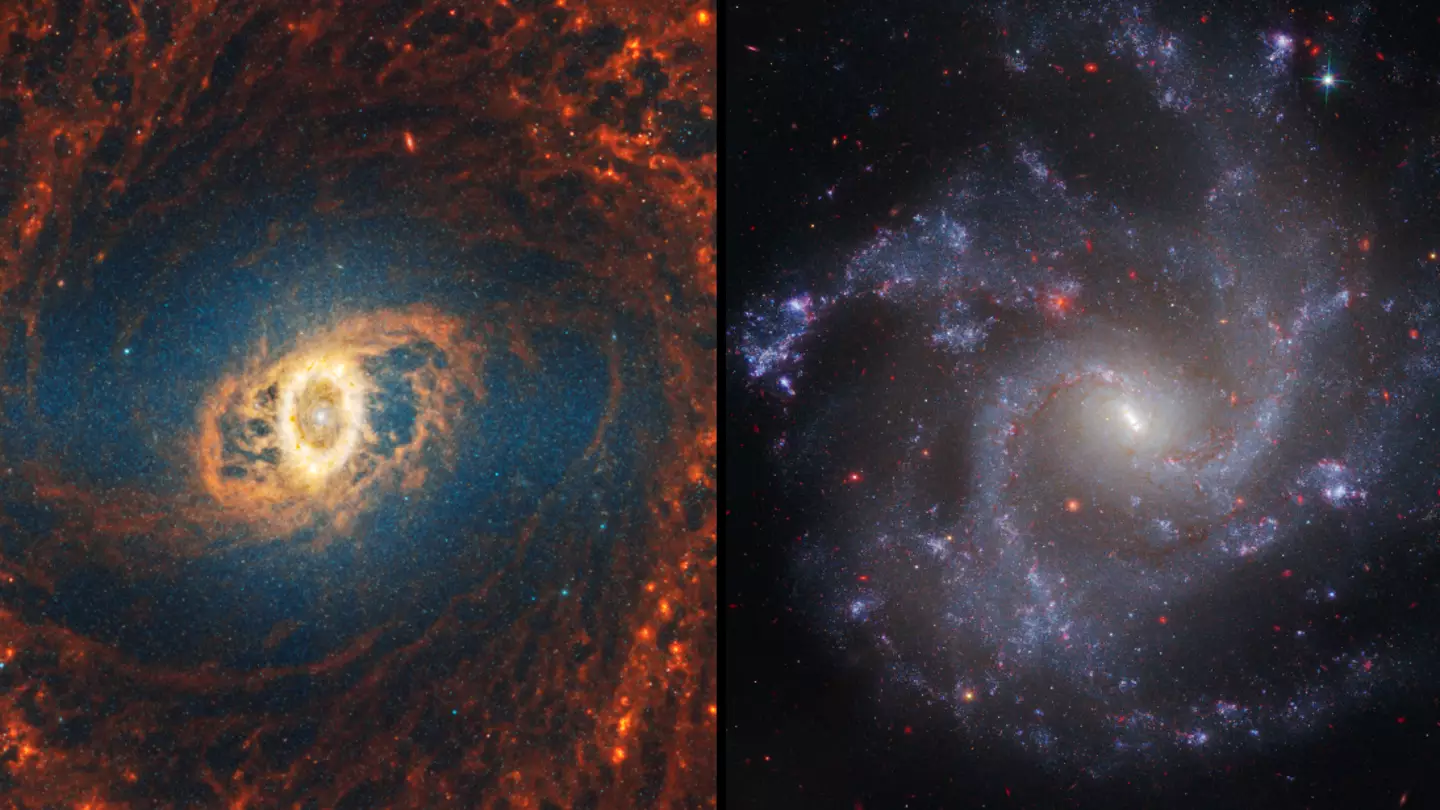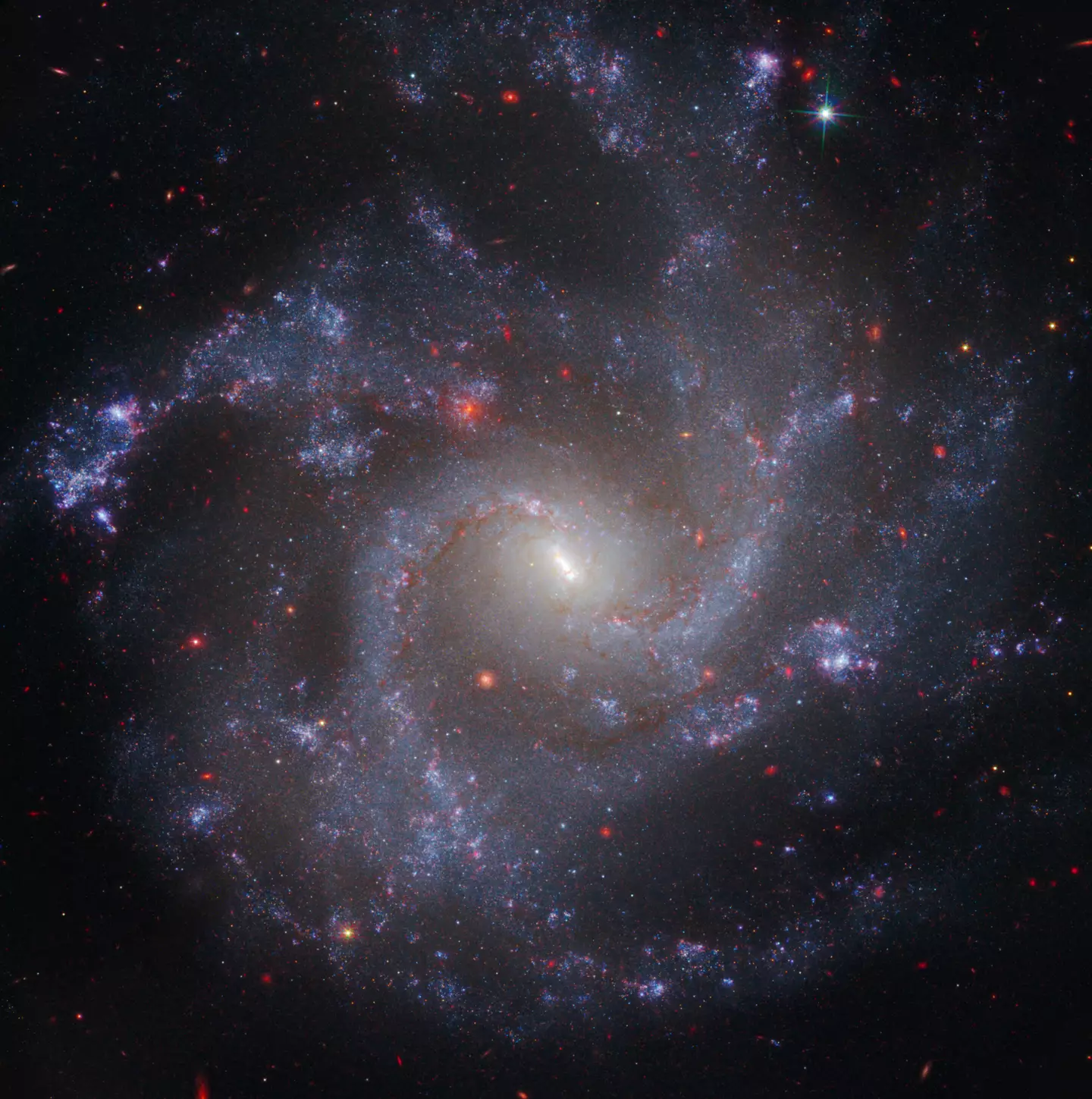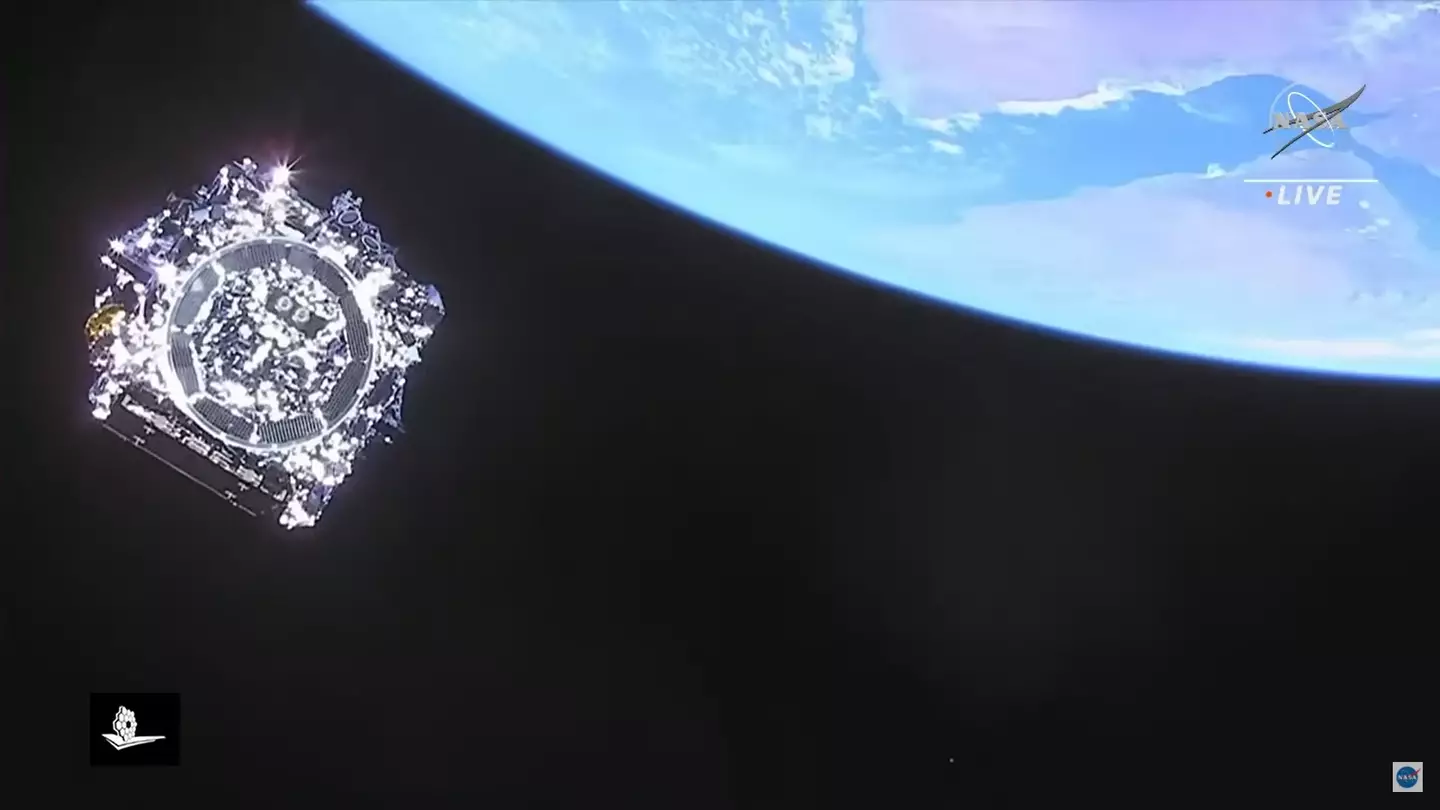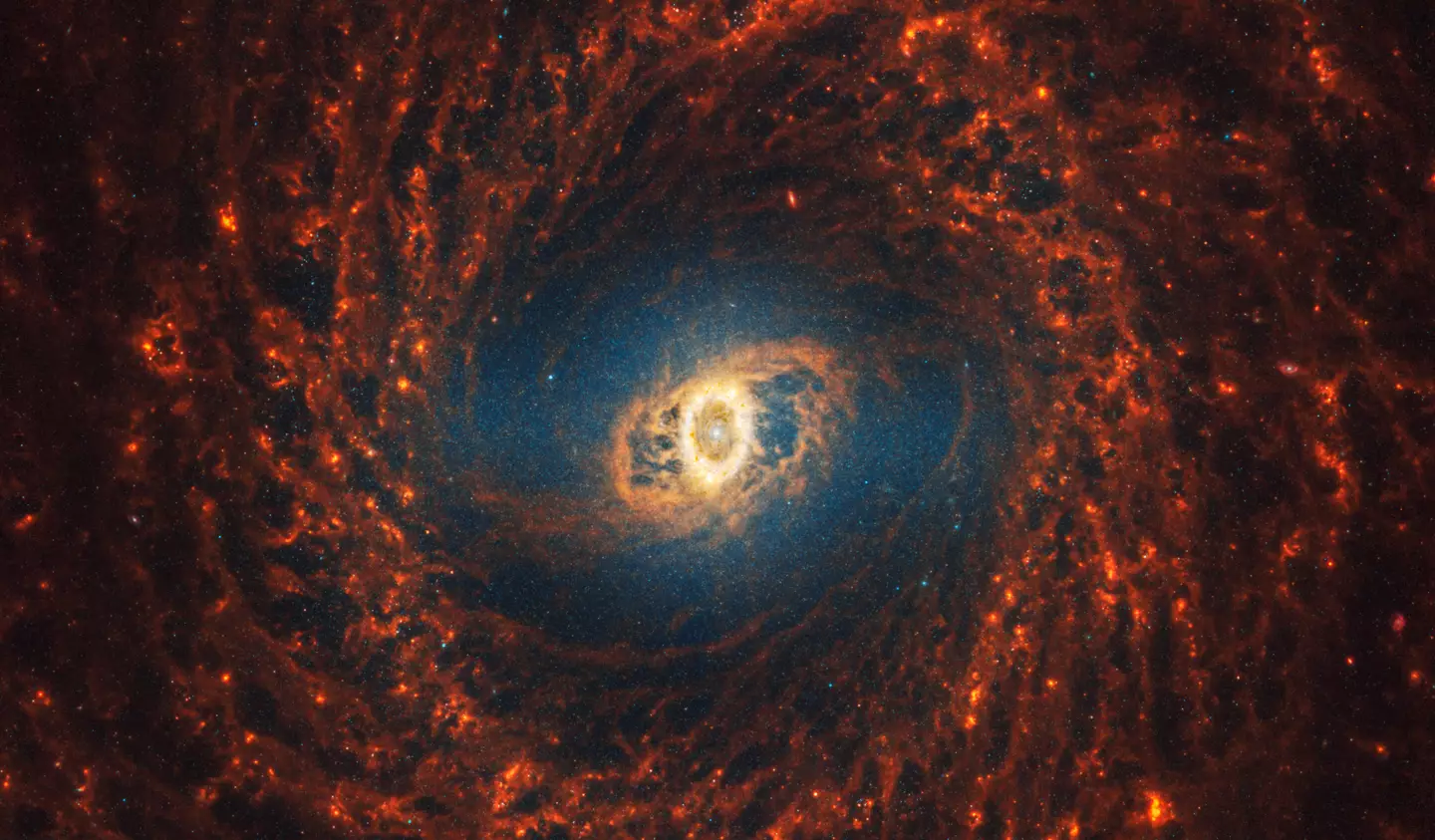
NASA leads the way in bringing the wonders of the cosmos back down to Earth. And one of the key instruments to achieving that is the James Webb Space Telescope.
Known as the JWST or more simply, Webb, the hi-scope telescope travels through space sending back hi-quality images of what it has to offer.
And the images it sends us are truly unique, with them showing us things the human eye and brain cannot comprehend.
Advert
Webb was launched at the back end of 2021 as the natural heir to NASA's Hubble Space Telescope.
In the two and a bit years its been off-planet, it has already made some remarkable discoveries about what is up there.
One recent find even proved historic theories in the scientific world as being 'seriously wrong', forever changing our understanding of the universe.
Webb regularly sends back images from the space telescope for NASA astronomers to analyse.

And the images themselves are extremely detailed, while also being rather stunning with the colours on show.
Advert
But what we see in the images that are pinged back to Earth aren't what we'd actual lay our eyes on if we were to swap positions and be in space instead - with the Webb back on Earth scrolling through TikTok.
Alyssa Pagan, a science visuals developer at the Space Telescope Science Institute, says they could look like that but Webb captures them in a way our eyes cannot.
"The quickest answer is, we don't know," Pagan told Space.com when asked whether they'd still be as stunning as the images Webb sends to NASA.

And that's because of the tech being used by Webb. It records its imagery through an infrared telescope.
Advert
In technical speak, this means it looks at the universe in terms of wavelengths of light that are longer than that of red light.
Red has the longest wavelength that the human eye can detect, meaning everything else is beyond our ability to understand with just our eyes and no external help.
Even images from Hubble, which uses visual light, would be tough to view, as its far more sensitive than our eyes.
When it comes to Webb, Pagan and her colleague Joe DePasquale, another science visual developer at the STScI for JWST, combine the telescope's six filters to create the images that NASA then publishes.

They all capture slightly different snapshots which can be combined into a composite to make the amazing, coloured images.
Advert
"We are using that relationship with wavelengths and the color of light, and we're just applying that to the infrared," Pagan said.
Ultimately the colours are meant to provide a simply, but visually appealing, understanding of what Webb has captured.
So real or not, their purpose is clear.
Featured Image Credit: NASA, ESA, CSA, STScI, Janice Lee (STScI), Thomas Williams (Oxford), PHANGS Team / NASA, ESA, CSA, STScI, Adam G. Riess (JHU, STScI)Topics: NASA, Science, Space, Technology, World News, James Webb Space Telescope